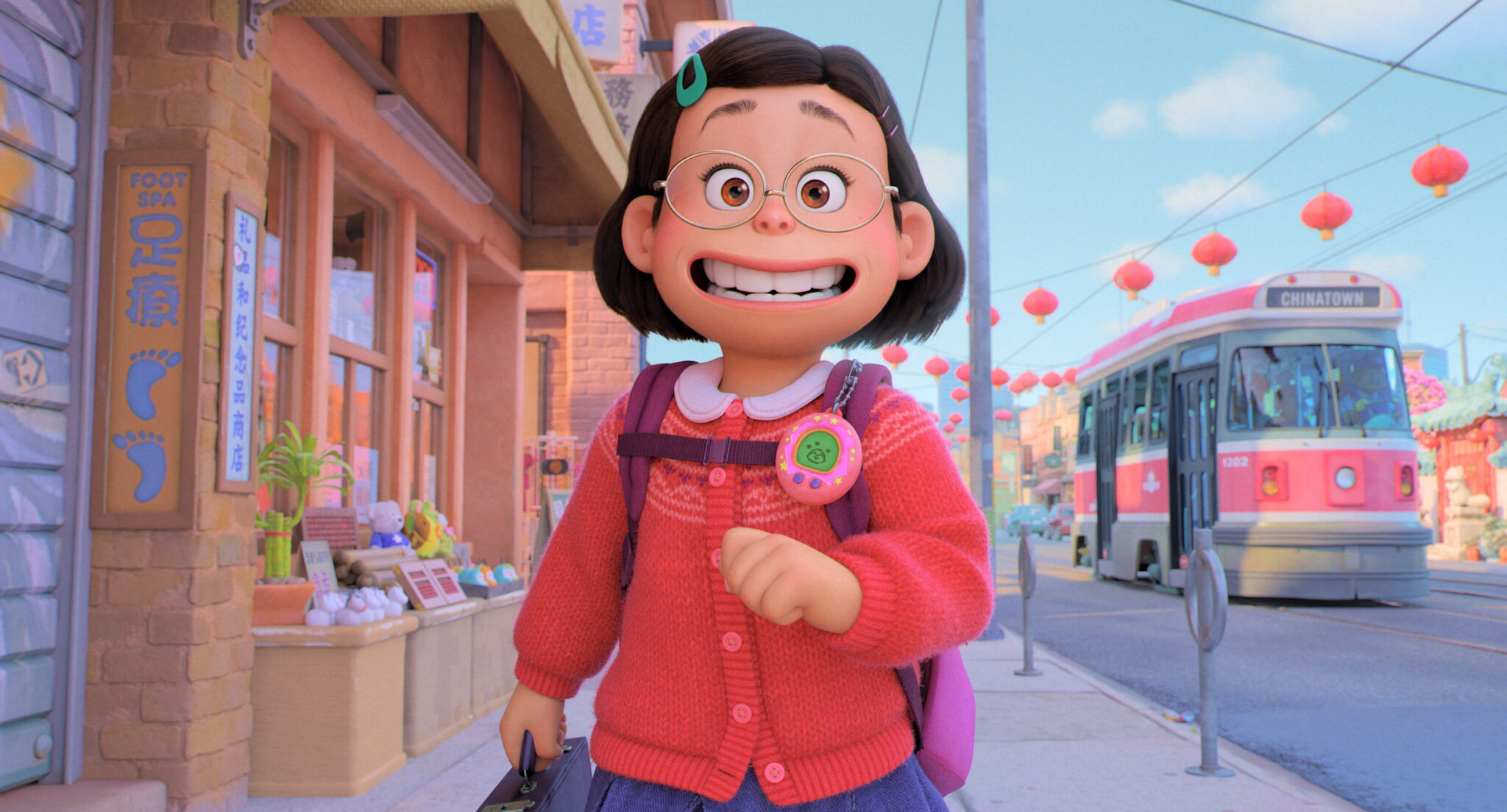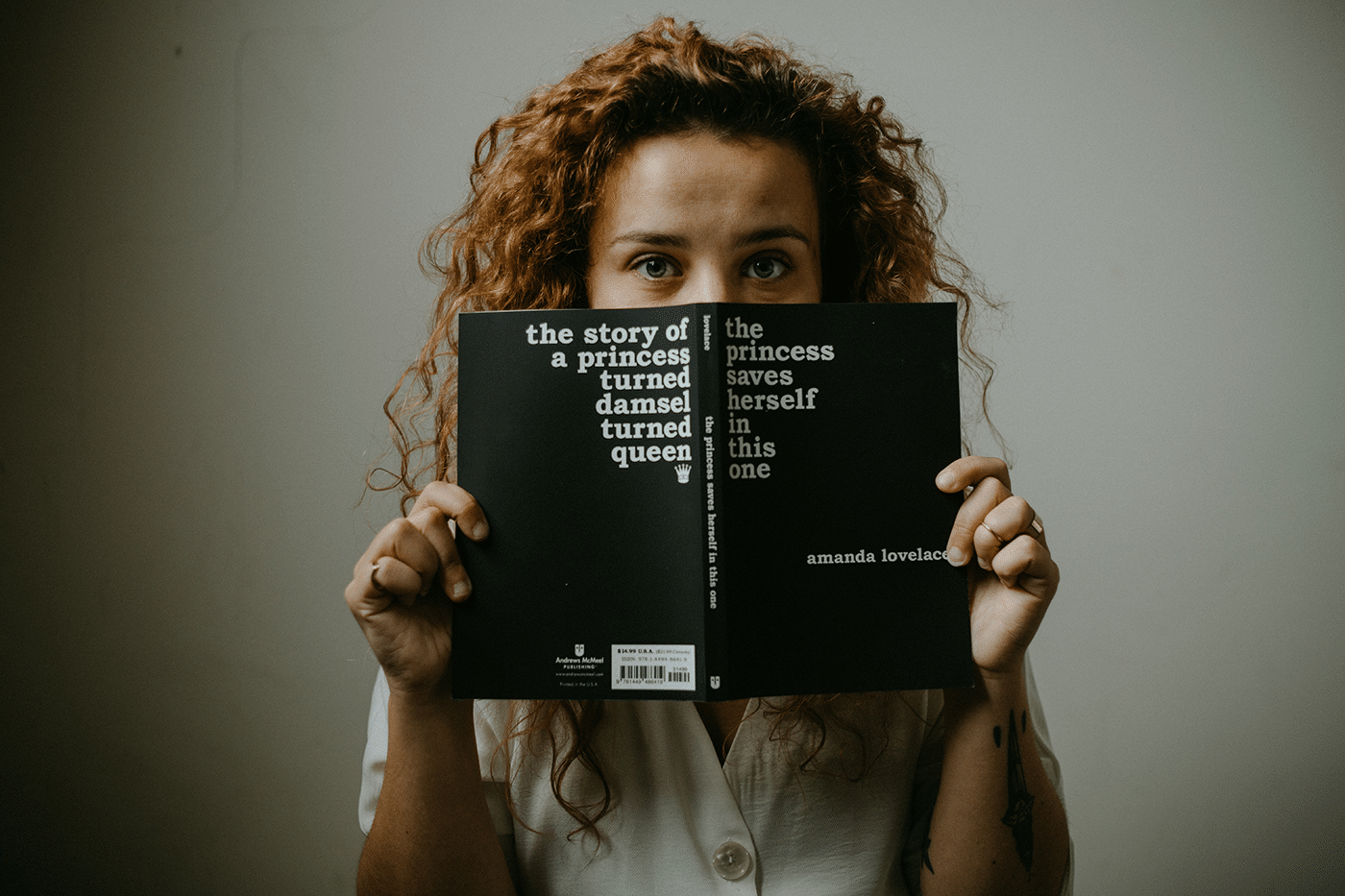The adage “time heals all wounds,” is pleasant, but inaccurate. Some wounds leave deep scars that can last a lifetime, or even beyond. For many families, trauma can be passed from generation to generation. The more widespread and universal the experience of trauma is, the longer it can take to unwind through the ages. A new generation of storytellers are having their voices heard for the first time and the stories they are telling are not just of their own struggles, but the struggles they share with their parents, and grandparents. The stories they are telling are of generational trauma.
What is generational trauma?
The umbrella term “generational trauma,” applies to the psychological effects of trauma that are passed down from one generation to the next. It’s essentially trauma that happened years or even decades ago that’s impacted the way families cope with and heal from it. I’m no mental health professional, but even I can see that traumatic events like war, famine, displacement, or becoming undocumented (some of the major human traumas among so many) would impact families for decades and create patterns. The thing about generational trauma is that the people dealing with its effects years later are ones are far removed from the actual event. Yet they carry the scars of their ancestors.
How Turning Red explores generational trauma in immigrants
Pixar’s latest creation, Turning Red, is a story that fits this mold. The feature-length directorial debut of Domee Shi, set in her teenage stomping ground of early aughts Toronto, tells the story of a young Chinese Canadian girl’s struggle with an issue passed on to her from birth. This being Pixar, the issue is fantastical, she transforms into a giant red panda when her emotions get the best of her.
Our protagonist Mei-Ling has inherited her magical properties from her mother. Through the film, we are exposed to how the two women differ in how they experience and interact with their situations. Mei’s mother’s panda is a destructive force through which she can channel her rage and frustration. Mei’s panda, on the other hand, is cute, fluffy and the vehicle through which she can express her uniqueness and connect with her classmates. The magic in Turning Red is viewed as a female problem or inconvenience. A feminine power that must be managed.
Magic is a life-raft in Disney’s Encanto
In Disney’s Encanto, the Madrigal family also possesses a rare kind of magic but instead of denying their powers, they embrace them, using their magic to serve their community. Unlike in Turning Red, where magic is almost seen as a curse, in Encanto, magic is a “gift,” one that every Madrigal receives as a child (except one). The central character Mirabel is the family outcast of sorts, the only member of the “amazing Madrigals,” that doesn’t have a superpower.
The Madrigals ended up in their little community after conflict displaced the family matriarch, Abuela, and killed her husband. The magic is what has allowed abuela to move forward after the tragedy and so she clings to its power like a life-raft, placing crushing expectations on the younger generation to live up to their gifts.
How trauma is passed down in families of color
Gender and race both play a role in Turning Red and Encanto. Both Mei and Mirabel come from marginalized communities of color (Asian and Latinx). While Mei is heavily assimilated in the culture and life of any thirteen-year-old growing up in Toronto in 2002 regardless of race, the film deftly explores the traumas of the immigrant experience. Ming is so grateful to be able to live and work in Canada, that she fully leans into the “model minority” trope, denying a part of who she is in the process. That anger, frustration and need to constantly “keep it together,” makes Ming overbearing and overprotective towards Mei, preventing her daughter from experiencing life on her own terms.
In Encanto, the trauma of conflict and being displaced from one’s home (something that is universal and familiar given the current state of the world) has made abuela terrified. She believes it’s magic and not love that binds her family. Many older Latinx generations have experienced conflict, political instability, and displacement leading to trauma that is experienced across generations.
It’s refreshing to finally see stories from racialized communities be told with sensitivity and care in mainstream media. Magic has long been a trope that exoticizes people of other cultures. The most familiar of these is the Magical Negro — a token Black person in film and TV who comes to the aid of white protagonists in their road to self-discovery and actualization. In another popular Disney property, I just watched, Freaky Friday, the magical Asian performs “voodoo,” to help Lindsey Lohan and Jamie Lee Curtis repair their frayed mother-daughter relationship.
As a younger, and more diverse, set of storytellers start to have their voices heard, it’s refreshing to see stories from groups who have long been left out of the narrative. It’s not exactly smooth sailing though. Turning Red has been subject to heavy criticism from some audiences for being “unrelatable” to wider audiences. It’s curious that these concerns are not raised when Pixar features stories of sentient toys, talking fish, non-verbal robots from the distant future, or literal monsters.
Overall, Turning Red and Encanto affirm the potential of stories of young girls of color and normalize the message that healing from trauma is a journey that can span decades and sometimes even centuries.






